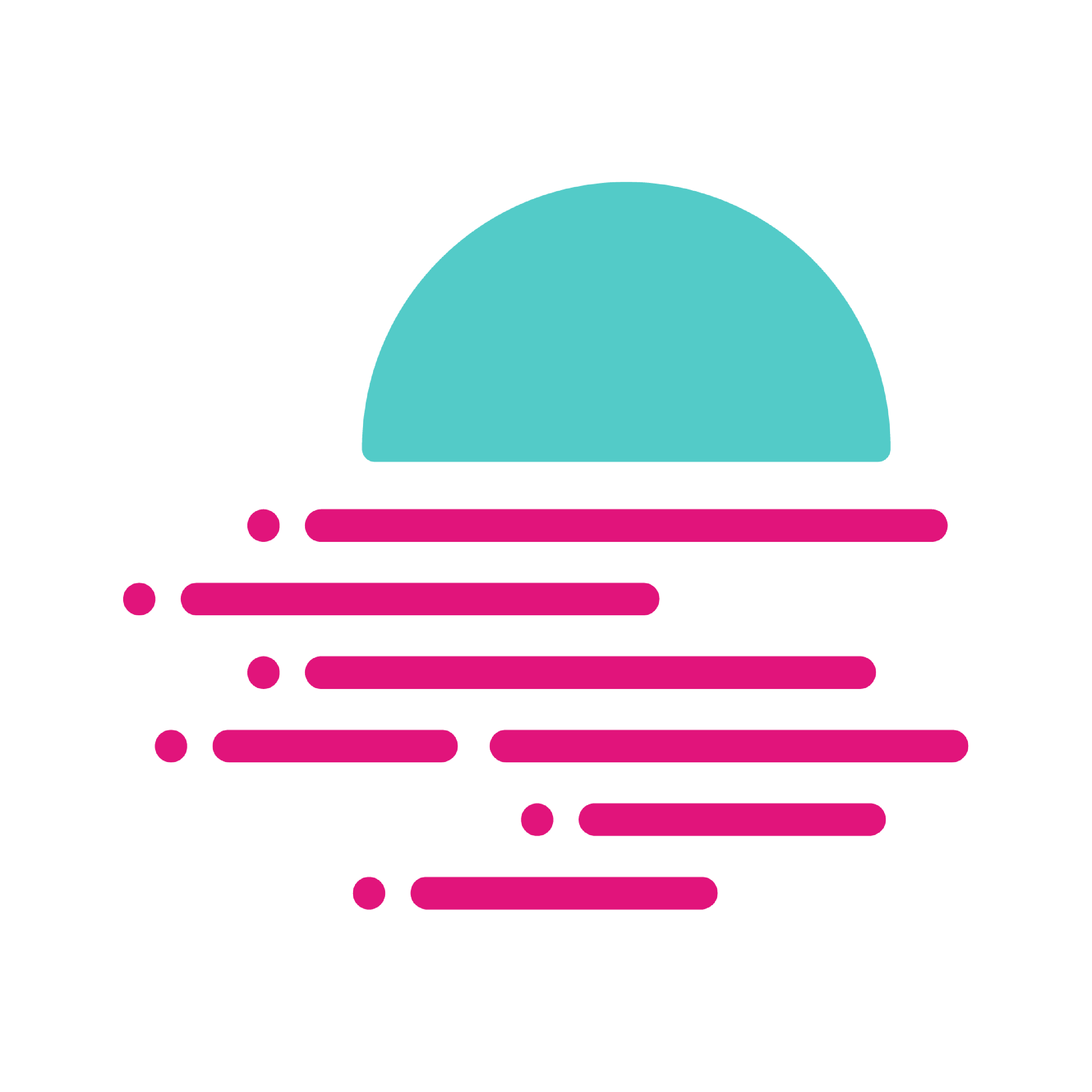Pi Network Mainnet Release Date: What to Expect

Pi Network Mainnet Release Date: What to Expect
The world of cryptocurrency never fails to surprise, and few projects have sparked as much grassroots enthusiasm as Pi Network. With millions of users mining on their mobile phones, anticipation for Pi Network’s mainnet release date hangs heavy in the air. Is Pi about to take off? And what does mainnet launch really mean for Pi's pioneering community? If you’re keen to position yourself at the forefront of the decentralized revolution, this deep dive will prepare you to navigate the new crypto landscape Pi Network is promising.
Concept Introduction
Pi Network is a novel cryptocurrency project designed to make decentralized blockchain technology accessible to the masses by enabling mobile-first mining. Since its inception, Pi has promised a fair, energy-light mining experience, inviting users worldwide to participate and build a vibrant community. But the project has raised many questions: How real is Pi Network? When will it transition from testnet or closed mainnet to full mainnet? The mainnet release date is central to these questions, marking Pi’s leap from a quasi-experimental token to a potentially tradeable cryptocurrency.
Historical Background or Origin
The vision for Pi Network began in 2019, spearheaded by a team of Stanford graduates who sought to address the barrier to entry in crypto mining. In contrast to Bitcoin’s energy-intensive process, Pi’s consensus algorithm relies on the Stellar Consensus Protocol (SCP), prioritizing ease of use and low power consumption. The project quickly gained momentum through its unique invitation system and referral-based mining, amassing tens of millions of users by the early 2020s. Throughout its early years, Pi operated in a testnet phase, simulating its future operations while developers built out the necessary ecosystem and compliance measures—especially for verifying real users via KYC (Know Your Customer) checks.
Working Mechanism
The Pi mainnet launch is designed as a crucial multi-stage process. Initially, Pi launched what the team described as the "Enclosed Mainnet." During this phase, on-chain transactions between verified users, ecosystem app development, and KYC processes were tested internally. Users could send, receive, or use Pi within the network, but could not transfer their tokens outside or sell them on external exchanges for other cryptocurrencies or fiat money.
The transition to Open Mainnet—often the mainnet release date the community is most eager for—means Pi Network will open its blockchain to external connectivity. At this point:
- Pi wallets will be fully functional, allowing for direct peer-to-peer transfers and integration with Web3 wallets such as Bitget Wallet, making it easier for users to safely store, send, or use their Pi on decentralized applications.
- Pi holders will be able to exchange Pi tokens, whether for goods and services within the Pi ecosystem, or eventually on external exchanges. Pi’s price, at last, would become subject to open market forces.
- App developers can integrate Pi payments into their DeFi and GameFi projects, catalyzing new economic activity.
Until this mainnet release, Pi remains in its enclosed phase as the network finalizes KYC processes and awaits ecological maturity.
Benefits or Advantages
The launch of the Pi Network mainnet brings numerous transformative benefits:
1. Wider Adoption and Utility
More than just a mining app, Pi Network aspires to become a legitimate, widely used blockchain platform. Mainnet release unlocks external utility, giving every participant a fair chance to take part in decentralized commerce.
2. Improved Security and Decentralization
Pi’s network consensus and open mainnet drive toward increased decentralization. This move lowers the risk of single points of failure, while the integration with secure web3 wallets like Bitget Wallet enhances the safety and control users have over their own assets.
3. Market Price Discovery
With mainnet live, Pi will transition from a notional to a market-priced token. Real-time trading and an open marketplace will determine its value, giving users a transparent mechanism to assess the worth of their holdings.
4. Vibrant Ecosystem Potential
Opening mainnet means developers can build dApps using Pi currency—enabling everything from decentralized finance to games and NFT marketplaces. This is where Pi Network can truly shine if its massive user base starts transacting and building.
Latest Updates: When Is the Pi Network Mainnet Release Date?
1. Current Timeline
While the Pi Network community keenly watches for an official open mainnet release, the project team has provided guidance but not a definitive calendar date. As of mid-2024, the Pi mainnet is still in its enclosed phase—primarily to ensure robust KYC compliance and ecosystem growth.
Developers and core team updates emphasize a cautious approach, citing the need for:
- Remaining users to pass KYC and migrate tokens from app balances to the mainnet blockchain
- Expansion of developer tools and ecosystem apps to show real utility
- Security audits and infrastructure scalability tests
Expectations within the community range from late 2024 to sometime in 2025 depending on how quickly these milestones are reached. The core team's measured communication suggests an intention to ensure all compliance and security measures are airtight before open mainnet launch. For up-to-date news, following official Pi Network channels and community forums is crucial, but beware of fake hype and misleading announcements from unofficial sources.
2. What Users Should Do to Prepare
While waiting, it's essential for Pi users to:
- Complete KYC verification to ensure their mined Pi will migrate to mainnet balances
- Secure their mainnet private keys and use reputable web3 wallets like Bitget Wallet for safe custody
- Stay alert to scams or unofficial token offers, as real Pi cannot be traded outside the enclosed ecosystem yet
- Join ecosystem apps and developer bounties to test the expanding platform
How Will Mainnet Affect Pi Users?
1. Real Asset Ownership
Upon mainnet launch, all migrations will be finalized, and users will have complete on-chain ownership of Pi tokens. This gives them the flexibility to store, transfer, or potentially sell their assets according to personal strategy.
2. Access to Decentralized Finance
As the Pi Network mainnet interfaces with other blockchains and platforms, users could access a range of DeFi (decentralized finance) products—lending, staking, P2P trading—using platforms that can securely connect through trusted Web3 wallets. Bitget Wallet stands out as a reliable, multi-chain wallet option that can support these future needs.
3. Participate in Governance
A full-fledged mainnet will enable greater community participation in Pi’s ecosystem decisions, from upgrades to network rules. This is a core part of ensuring Pi remains decentralized and user-driven.
Conclusion or Future Outlook
The countdown to the Pi Network mainnet release date is a story of anticipation, innovation, and the hope for a fairer entry to the crypto universe. While the specific date remains fluid, the clear priorities are user verification, ecosystem strength, and foolproof security. For pioneering crypto enthusiasts vying for a stake in Pi, the wait may be long but the opportunity substantial. By completing KYC, securing your mainnet tokens in robust wallets like Bitget Wallet, and staying actively engaged, you’ll be ready to capitalize the moment Pi Network flips the switch to open mainnet. Stay vigilant, ignore the noise, and you could be holding the next big thing in decentralized finance.






















